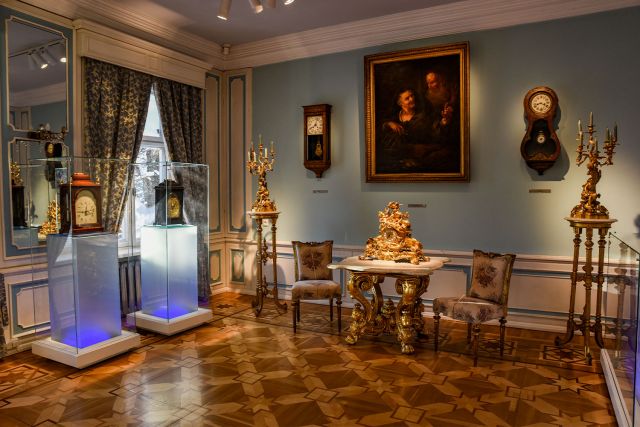
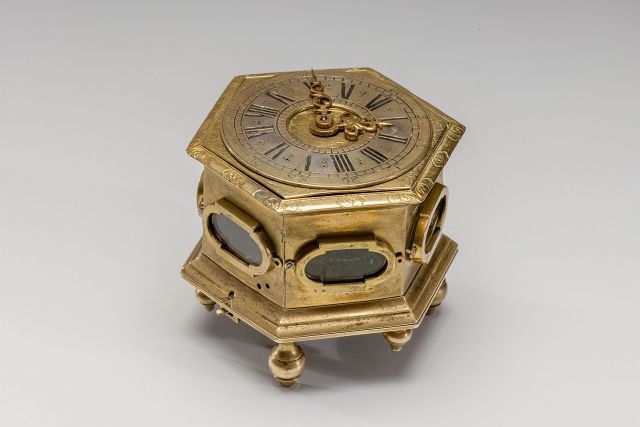
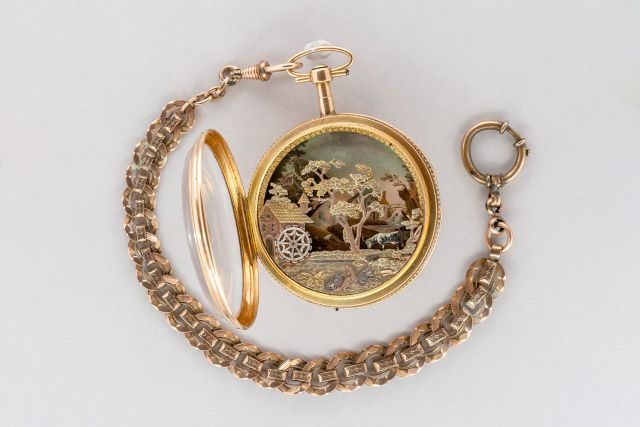
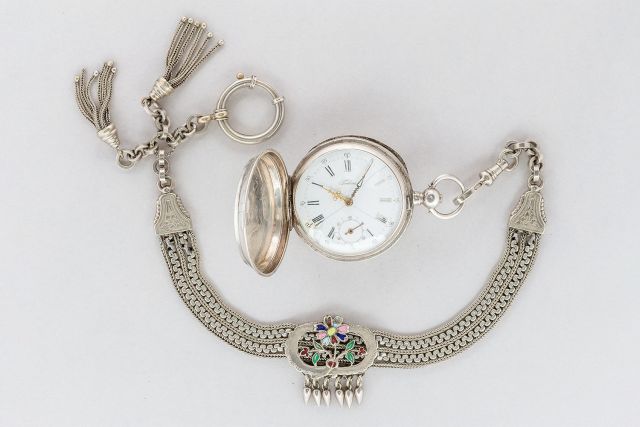
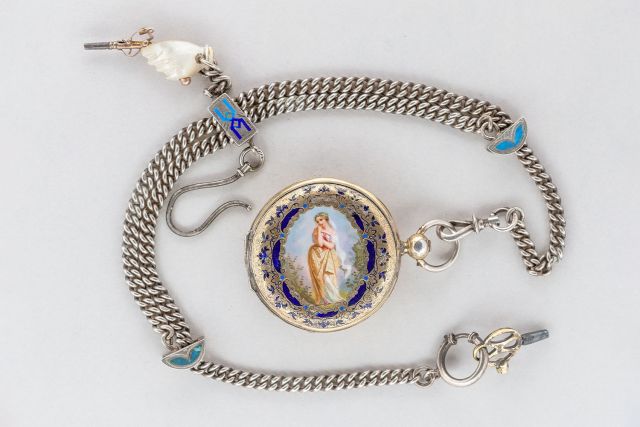
Clock and Watch Museum
- Klaipėda, Lithuania
- Museum
Tuesday to Saturday 12:00 - 18.00, Sunday 12:00 - 17:00
+370 46410413
The Museum of Clocks and Watches is a part of the National Art Museum of Lithuania. It is housed in a building that dates from the late 19th century, originally built as a bank, it was also – during the Soviet era – the Pioneer House. In 1979, the Lithuanian Art Museum established the Clock Department, and in 1984 the Museum of Clocks and Watches was opened here. On the museum's ground floor, you can see knotted and wooden calendars, ancient sundials as well as several examples of water, fire, hourglass, mechanical and other clocks. The second-floor exhibition shows the evolution of mechanical clock forms and designs from the Renaissance to modern styles (ranging in date from the 16th to the 20th century).
You will see the works of famous European and Lithuanian watchmakers – Theodor Tarasowig from Vilnius, Abraham Louis Breguet, Theodore Perret from Switzerland, and others. The museum exhibits more than 1,700 original and rare clocks and reconstructions. The 18th century Baroque furniture and decorative clocks, the 19th century Neo-Baroque style watches are displayed in the Baroque-style hall. These are the most luxurious and beautiful furniture and clocks currently known in Lithuania. The permanent exhibition "Watchmaker's workshop" holds around 164 various tools for watchmaking and repairing. Next to the museum building, in a preserved part of the 19th-century park, there is an indoor courtyard with working sundials.









